This exhaustive reference includes new chapters and pedagogical features, as well as—for the first time—content on managing fragility factures. To facilitate fast, easy absorption of the material, this edition has been streamlined and now includes more tables, charts, and treatment algorithms than ever before. Experts in their field share their experiences and offer insights and guidance on the latest technical developments for common orthopaedic procedures, including their preferred treatment options.
- New videos—accessible via the eBook—offering instruction and guidance on clinical procedures.
- New chapters on caring for obese patients, preoperative planning, and pain management.
- Deep-dive discussion and up-to-date content on how to manage fragility fractures.
- Easy-to-read tables outlining nonoperative treatments, adverse outcomes, and operative techniques.
- Time-saving preoperative planning checklists, as well as key steps for each surgical procedure.
- Potential pitfalls, preventive measures, and common adverse outcomes highlighted for all procedures.
- Numerous diagnostic and treatment algorithms for common orthopaedic procedures.
Enhance Your eBook Reading Experience
- Read directly on your preferred device(s), such as computer, tablet, or smartphone.
- Easily convert to audiobook, powering your content with natural language text-to-speech.
چکیده فارسی
این مرجع جامع شامل فصلها و ویژگیهای آموزشی جدید و همچنین - برای اولین بار - محتوایی در مورد مدیریت عوامل شکنندگی است. برای تسهیل جذب سریع و آسان مواد، این نسخه ساده شده است و اکنون شامل جداول، نمودارها و الگوریتمهای درمان بیشتر از همیشه است. کارشناسان در زمینه خود تجربیات خود را به اشتراک می گذارند و بینش و راهنمایی در مورد آخرین پیشرفت های فنی برای روش های رایج ارتوپدی، از جمله گزینه های درمانی ترجیحی خود ارائه می دهند.
- ویدیوهای جدید — قابل دسترسی از طریق کتاب الکترونیکی — با ارائه دستورالعمل و راهنمایی در مورد روش های بالینی.
- فصل های جدید در مورد مراقبت از بیماران چاق، برنامه ریزی قبل از عمل و مدیریت درد.
- مباحث عمیق و محتوای به روز در مورد نحوه مدیریت شکستگی های شکنندگی.
- جدولهای آسانخوانی که درمانهای غیرجراحی، پیامدهای نامطلوب و تکنیکهای جراحی را تشریح میکنند.
- چک لیست های برنامه ریزی قبل از عمل و همچنین مراحل کلیدی برای هر عمل جراحی که در زمان صرفه جویی می شود.
- مشکلات احتمالی، اقدامات پیشگیرانه، و پیامدهای نامطلوب رایج برای همه روشها مشخص شده است.
- الگوریتمهای تشخیصی و درمانی متعدد برای روشهای رایج ارتوپدی.
تجربه خواندن کتاب الکترونیکی خود را افزایش دهید
- مستقیماً در دستگاه(های) دلخواه خود بخوانید مانند رایانه، رایانه لوحی یا تلفن هوشمند.
- به راحتی به کتاب صوتی تبدیل کنید محتوای خود را با تبدیل متن به گفتار به زبان طبیعی تقویت کنید.
ادامه ...
بستن ...
Ebook details:
عنوان: Rockwood and Green's Fractures in Adults
نویسنده: Medicine & Health Science Books
ناشر: LWW; Ninth, 2 Volume edition (April 4, 2019)
زبان: English
شابک: 1496386515, 978-1496386519
9781496386533, 1496386531
حجم: 131 Mb
فرمت: Epub
ادامه ...
بستن ...
![Rockwood and Green's Fractures in Adults (9th Edition) [2019] - Epub + Converted pdf Rockwood and Green's Fractures in Adults (9th Edition) [2019] - Epub + Converted pdf](https://dl.libsan.ir/images/1/12/Rockwood and Green's Fractures in Adults_5cd6260d3ae48.jpg)


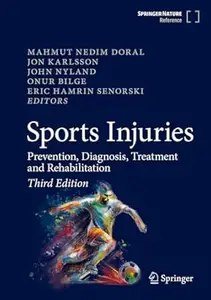
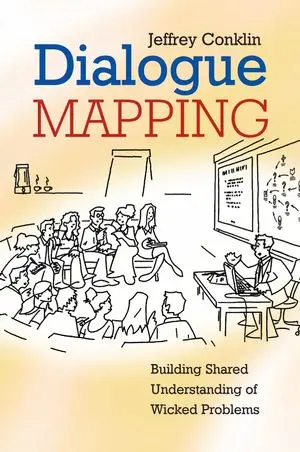

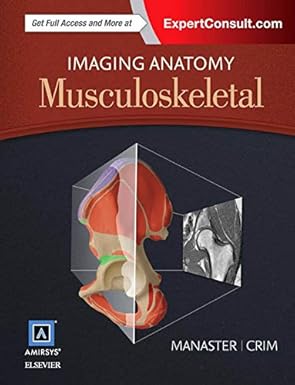
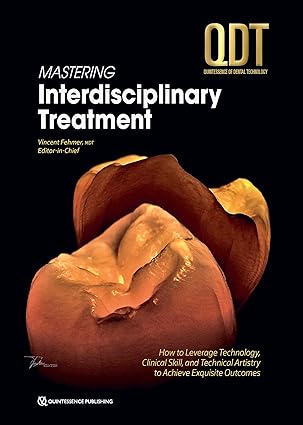
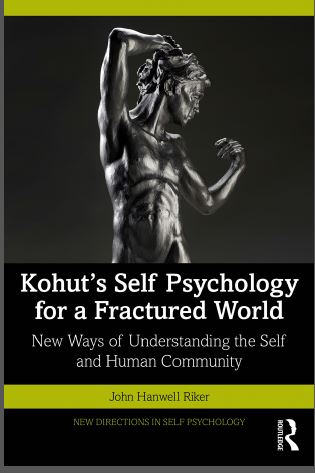

![Clinical Management of Swallowing Disorders (6th Edition) [2025] - Orginal Pdf Clinical Management of Swallowing Disorders (6th Edition) [2025] - Orginal Pdf](https://dl.libsan.ir/images/1/12/Clinical Management of Swallowing Disorders_68fdc2997972e.webp)